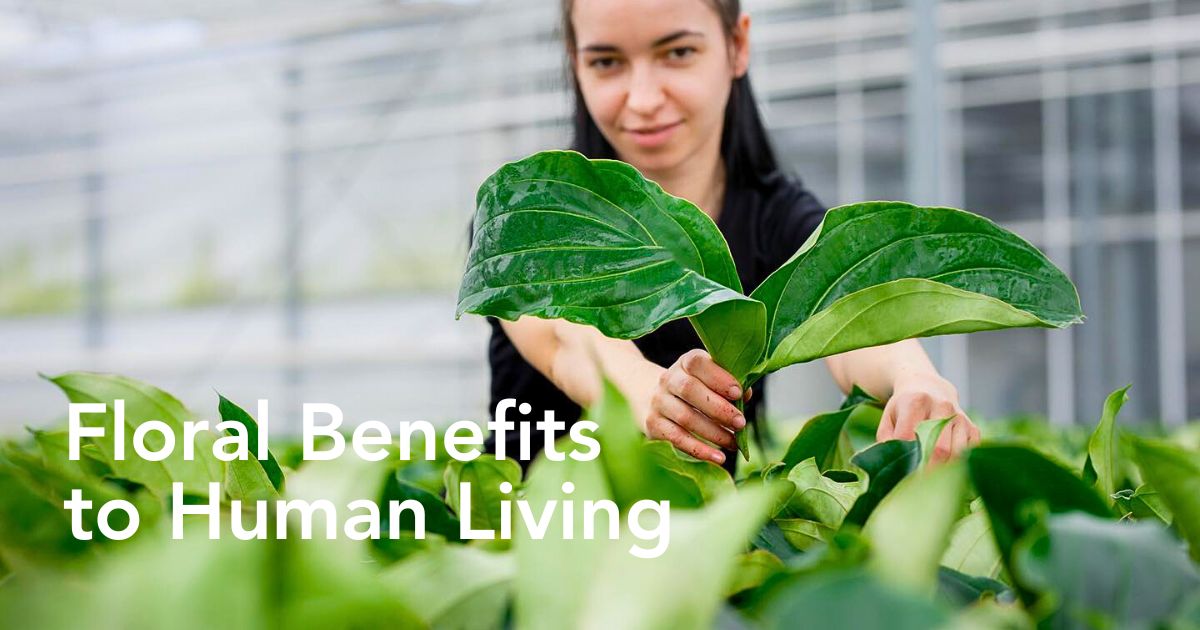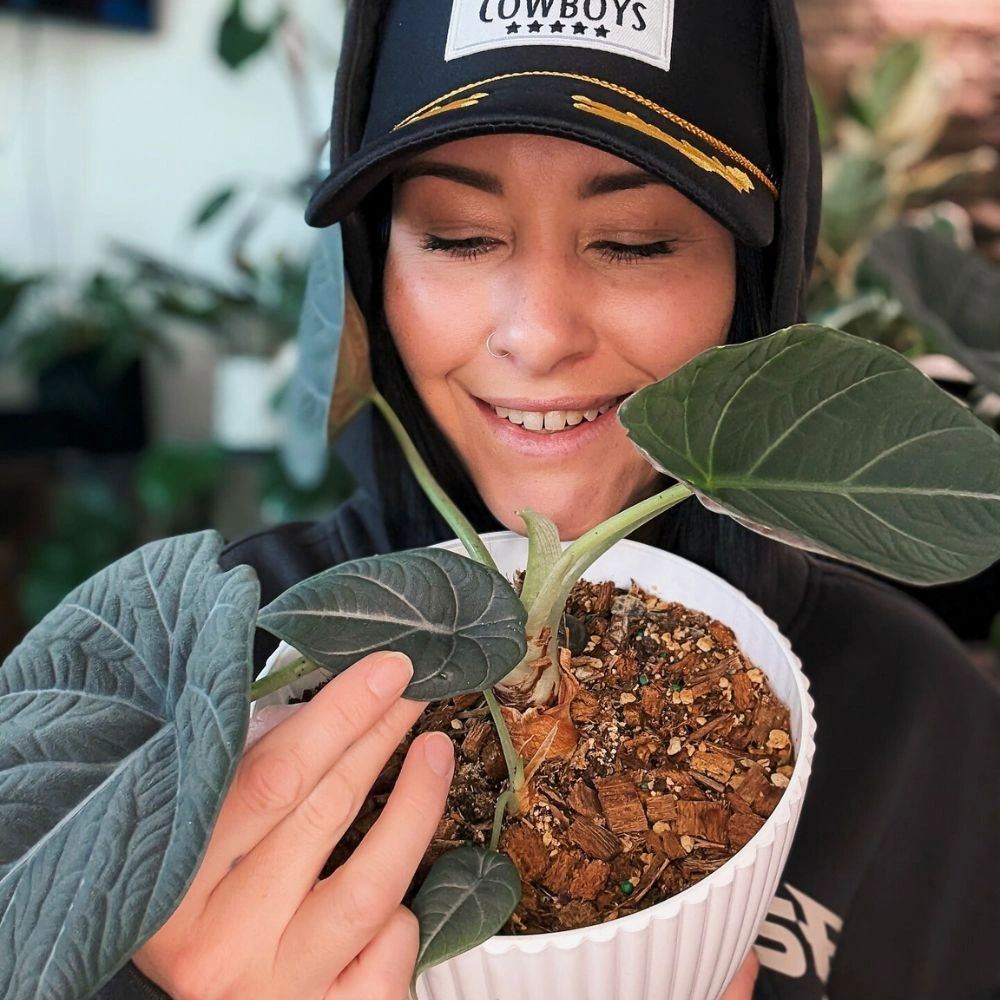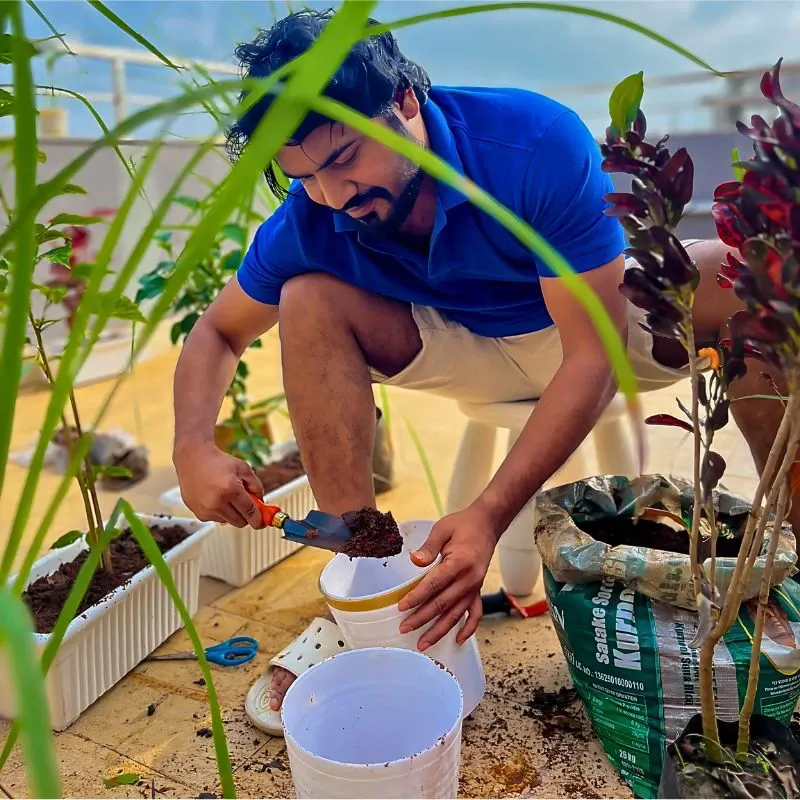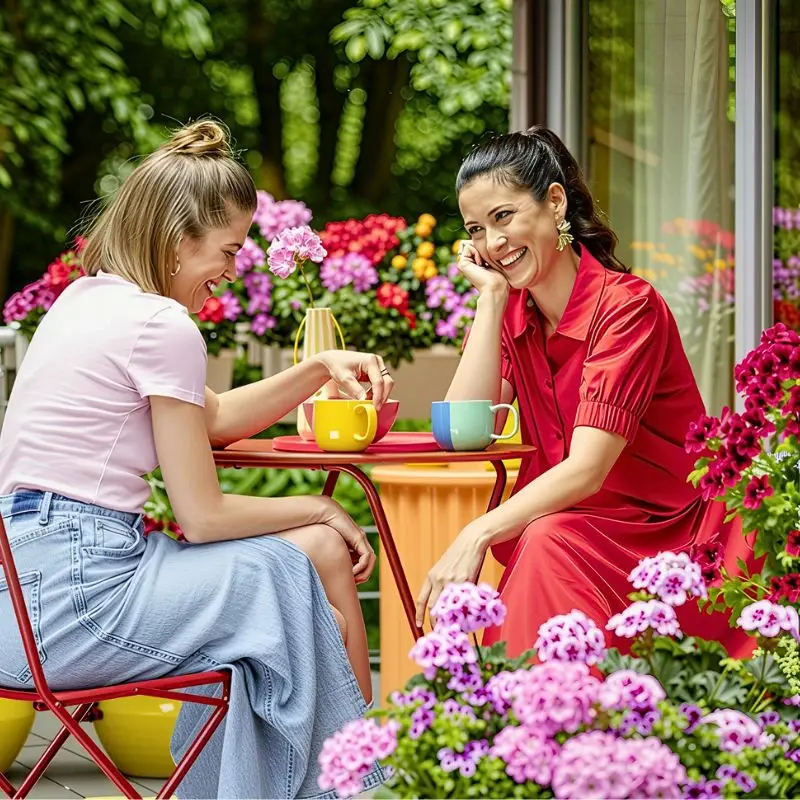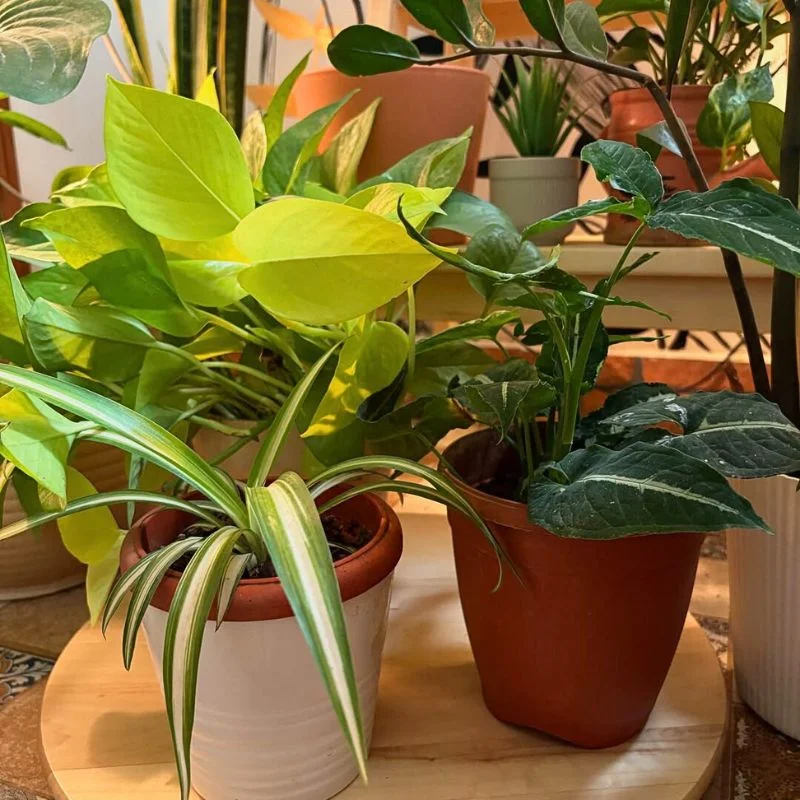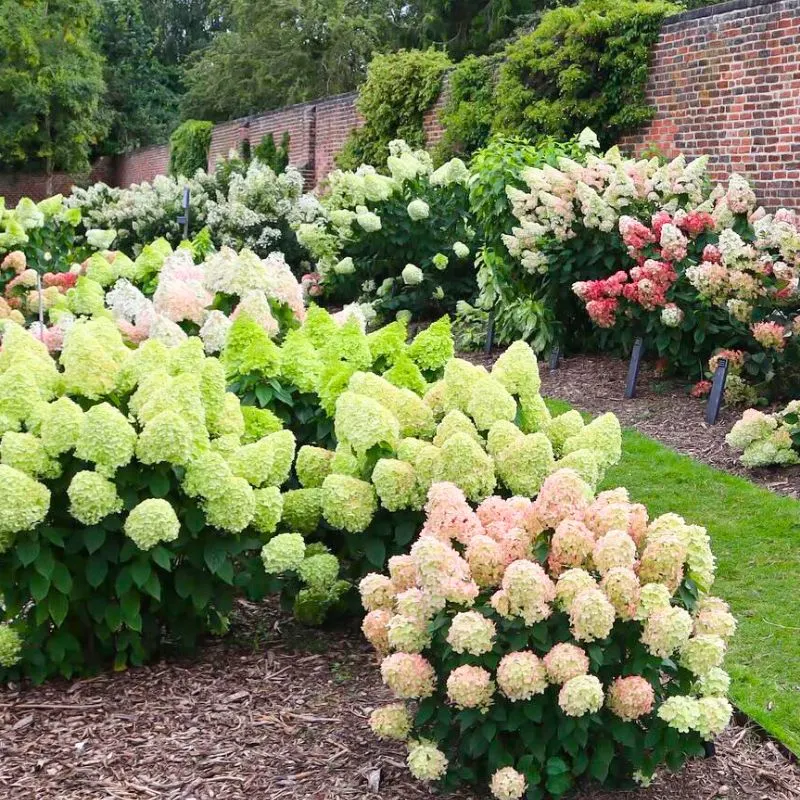Most people can remember the very moment that a flower made them smile, yet rarely do many of them consider why it happened. While people often dismiss flowers as merely decorative items, scientific research reveals a different story about them. The scientific body of research reveals that flowers and plants affect the mind and body in varied ways that deserve closer attention. This would, as a result, inspire their greater integration into how people design their living and outdoor spaces.
The Leading Benefits of Floral Exposure
Research shows that flowers elicit sincere positive emotional responses in people. When individuals receive flowers, scientists observe what they term ‘true smiles.’ These are authentic expressions of happiness that involve the entire face and not just polite social gestures. This response occurs steadily across all cultures and age groups, from children to older adults.

The mechanisms behind these effects connect to human beings’ neurobiology. Floral scents interact directly with the olfactory bulb, which links closely to the limbic system governing emotions. When someone inhales the fragrance of Lavender or Jasmine, they practically activate the neurological corridors that reduce stress and promote relaxation. Color also plays a significant role, as the human emotional responses to different hues are shaped by personal experience and cultural associations.
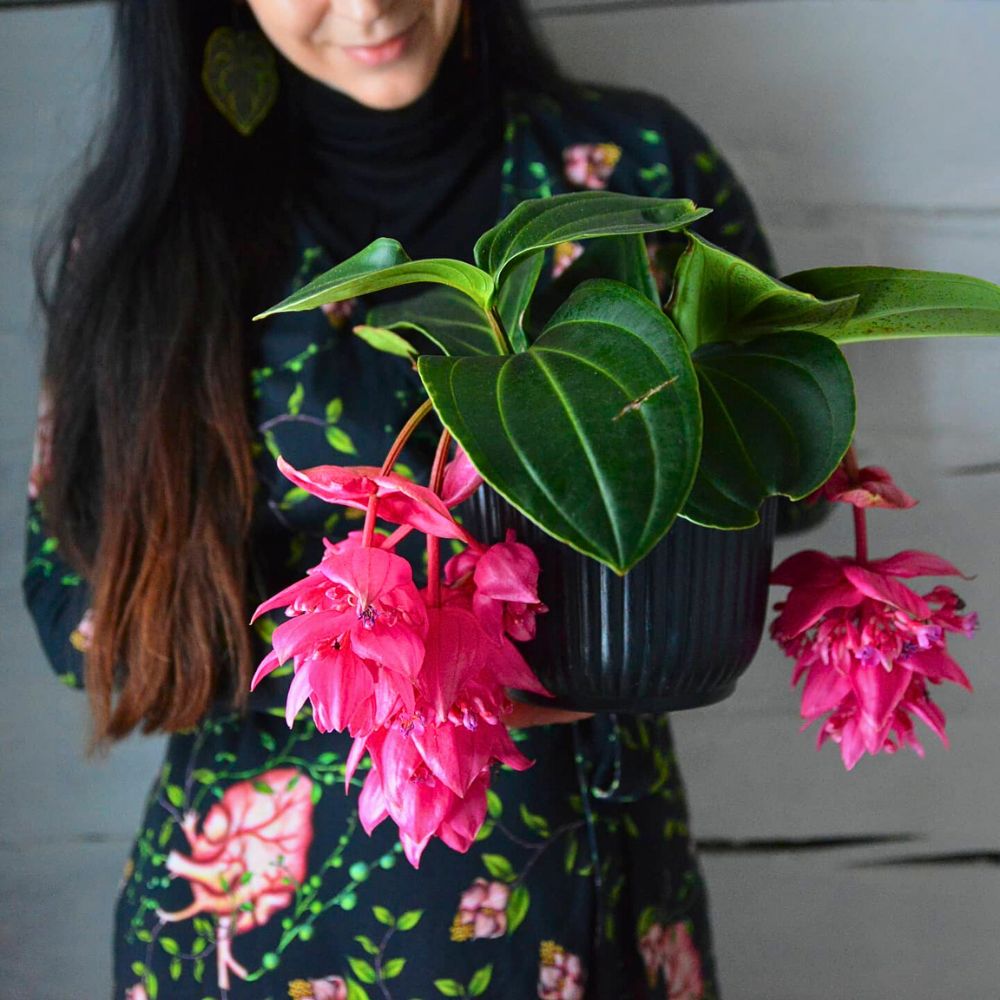
Mental Health Implications
People experiencing anxiety or depression often find therapeutic value in working with plants and flowers. While not a standalone treatment, plant care provides something psychologically important. It gives a sense of purpose and responsibility. Nurturing a living thing and observing its growth creates an engagement that proves particularly cherished during difficult periods.
Long-term studies tracking participants over several months show that regular interaction with flowers directly correlates with reduced anxiety levels and an improved overall mood. These benefits persist rather than fade, with one study documenting that people receiving flowers generally reported decreased agitation and greater life satisfaction throughout the observation period.
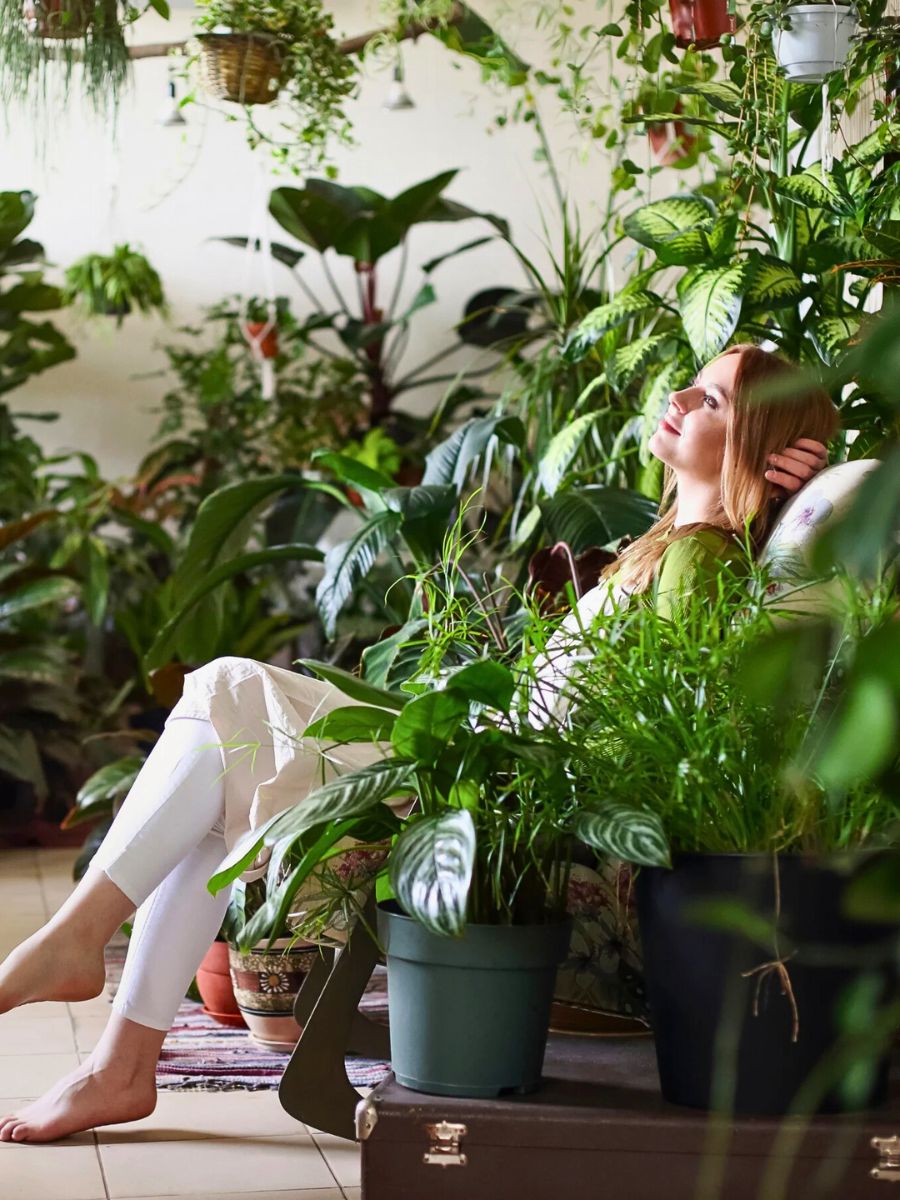
Healthcare Environment Outcomes
Medical facilities have observed significant improvements when incorporating plants and flowers into patient care areas. Patients with access to views of nature or floral arrangements in their rooms show reduced anxiety, shorter recovery periods, and higher satisfaction ratings. Some studies have even documented decreased pain medication requirements in these settings.
The benefits spread to healthcare workers as well. Staff members in environments featuring natural elements report improved morale and reduced burnout. Given the high-stress nature of medical work, access to the floral kind of living beauty appears to provide great psychological support.
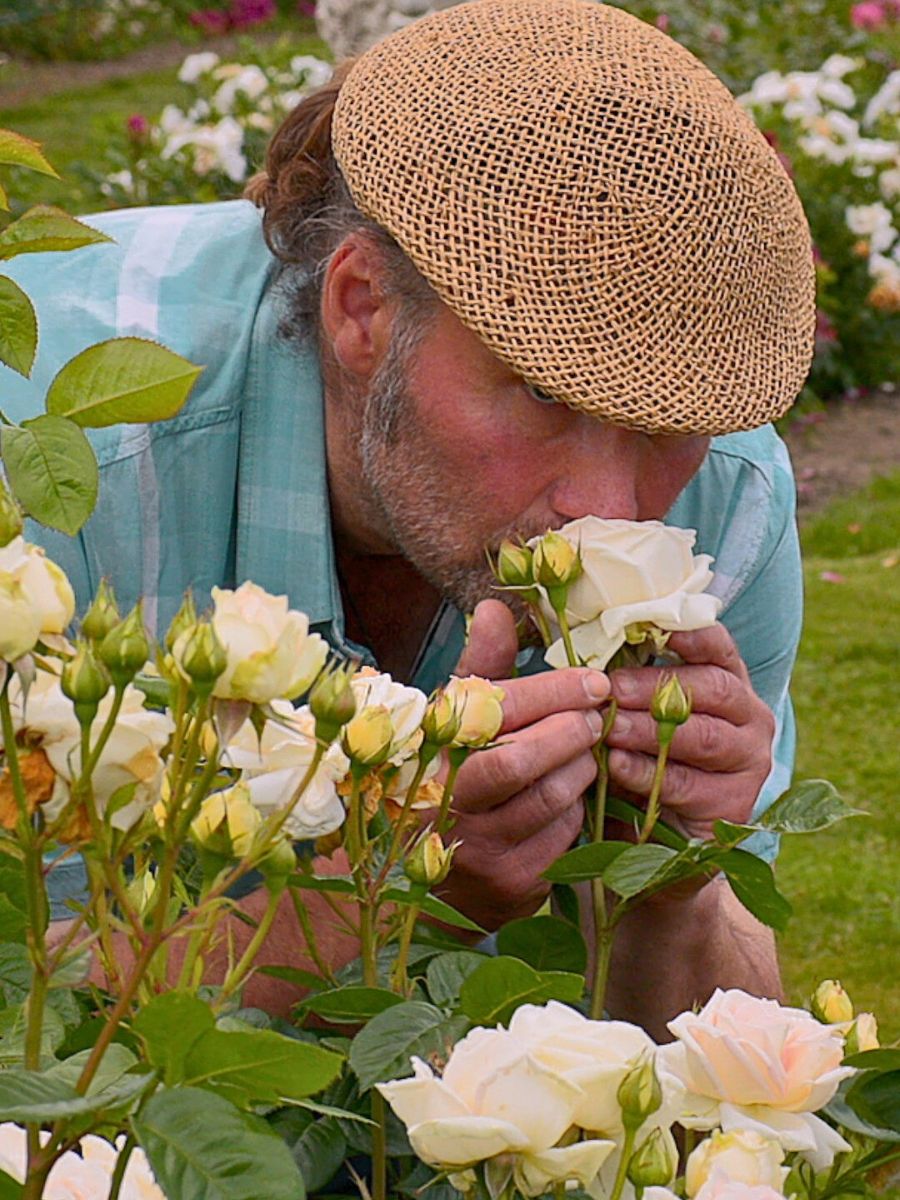
Physical Health Considerations
Gardening activities, on the other hand, provide substantial physical exercise that many people do not recognize as such. The movements involved in digging, planting, and weeding contribute to cardiovascular health and general fitness without the feeling of formal exercise routines.
Additionally, plants contribute to air quality by filtering pollutants from their surroundings. Increased presence of flowers and greenery in urban environments, in particular, addresses respiratory health concerns as one component of the wider environmental solutions.
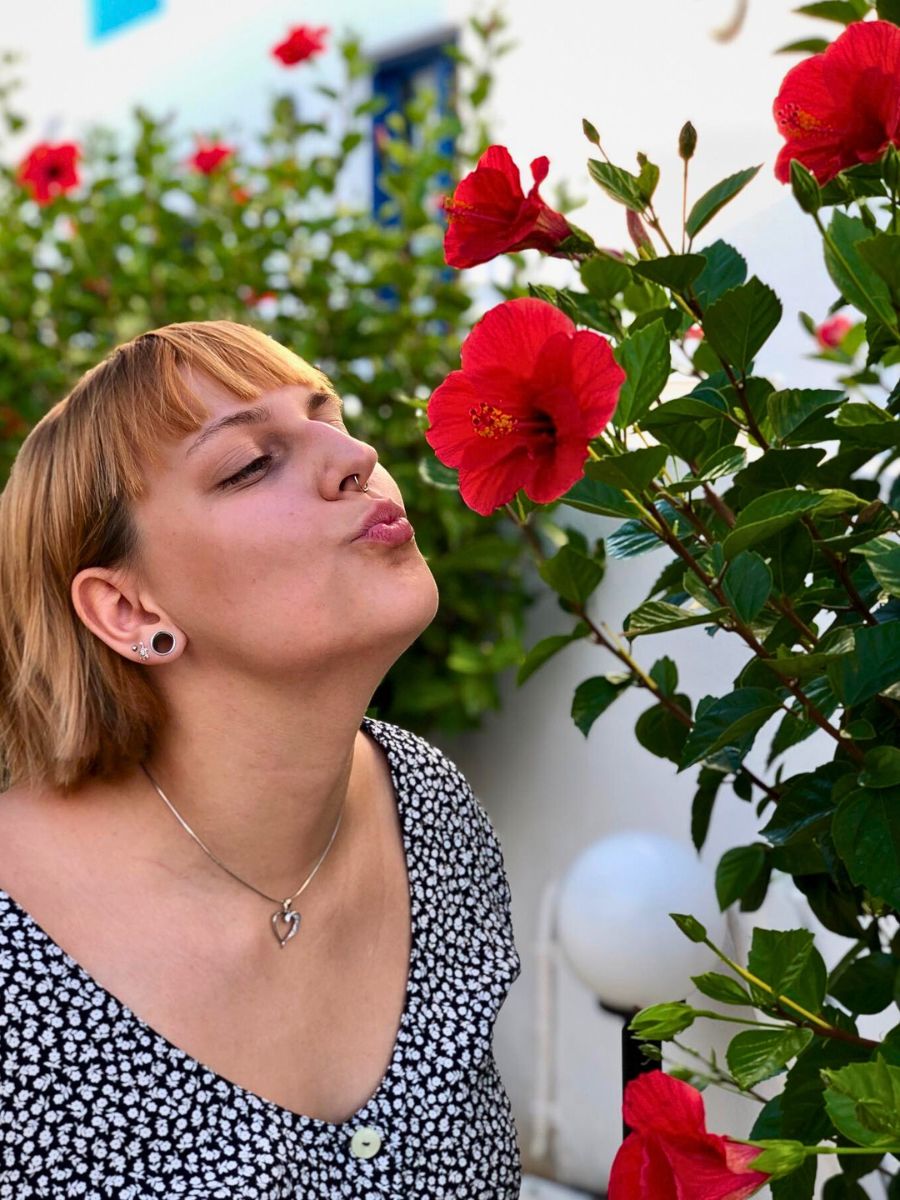
Evidence-Based Medicinal Properties
Various cultures have used flowers medicinally for years, and modern research validates some of these traditional applications. Calendula, for instance, shows great wound-healing properties and anti-inflammatory effects. Hibiscus shows efficacy in helping regulate blood pressure. Evening primrose oil supports hormonal balance. All these are real physiological effects resulting from specific chemical compounds present in these flowers and plants, documented through scientific research.

The Language of Flowers
Flowers are communicational tools for emotions that sometimes resist verbal expression. Different species carry distinct meanings across cultures and regions. Roses signify love, lilies convey sympathy, and sunflowers represent loyalty. Many other varieties communicate different meanings. When someone gives flowers, they, therefore, send a message that the recipient intuitively understands.
These acts carry more weight than people typically acknowledge. Small acts of connection through flowers, such as during celebrations, in times of grief, or simply as kind gestures, strengthen social bonds and help people feel valued and recognized.
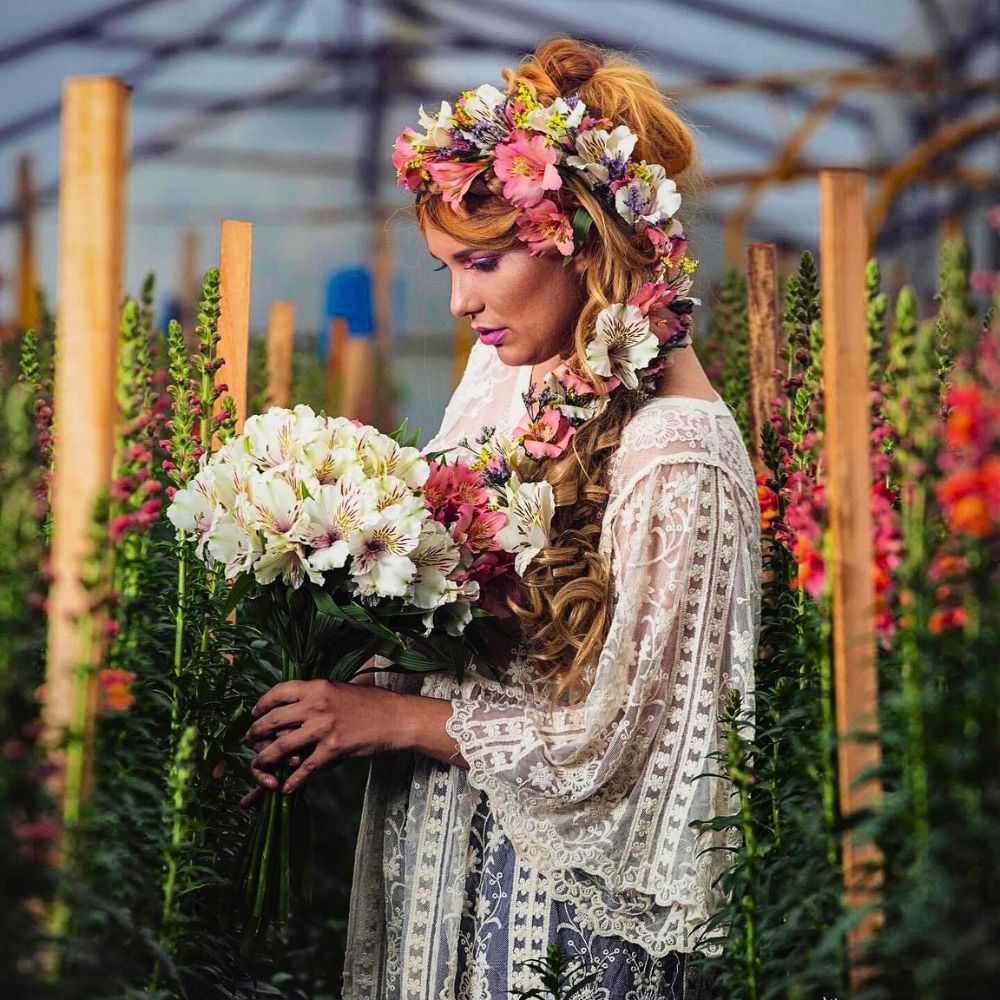
Implications for Human Living Space Design
Given the documented effects of flowers and plants, treating them as optional additions to human environments seems misguided. Many office buildings maintain sterile appearances, numerous apartments lack green space access, and some new developments sometimes omit garden areas entirely.
But cities that prioritize green spaces observe community-wide benefits. These areas are turned into natural gathering points that facilitate social interaction and provide respite. They increase property values, improve mental health outcomes, and create more livable environments for urban and city dwellers.

Reconsidering Humans’ Approach to Plants and Flowers
Perhaps flowers and plants should, as a result, be considered functional infrastructure rather than just elements of aesthetic enhancement. They are not luxuries but constituent elements of what makes spaces actually healthy and livable. When hospitals invest in gardens, they improve patient outcomes through environmental design.
When households embrace flowers and fresh floral items, they enhance the mood and feel of their indoor spaces. When companies integrate plants and flowers into workplaces, they support employee well-being and enhanced productivity. When municipalities develop parks with diverse floral plantings, they are creating public health resources that serve their entire communities.
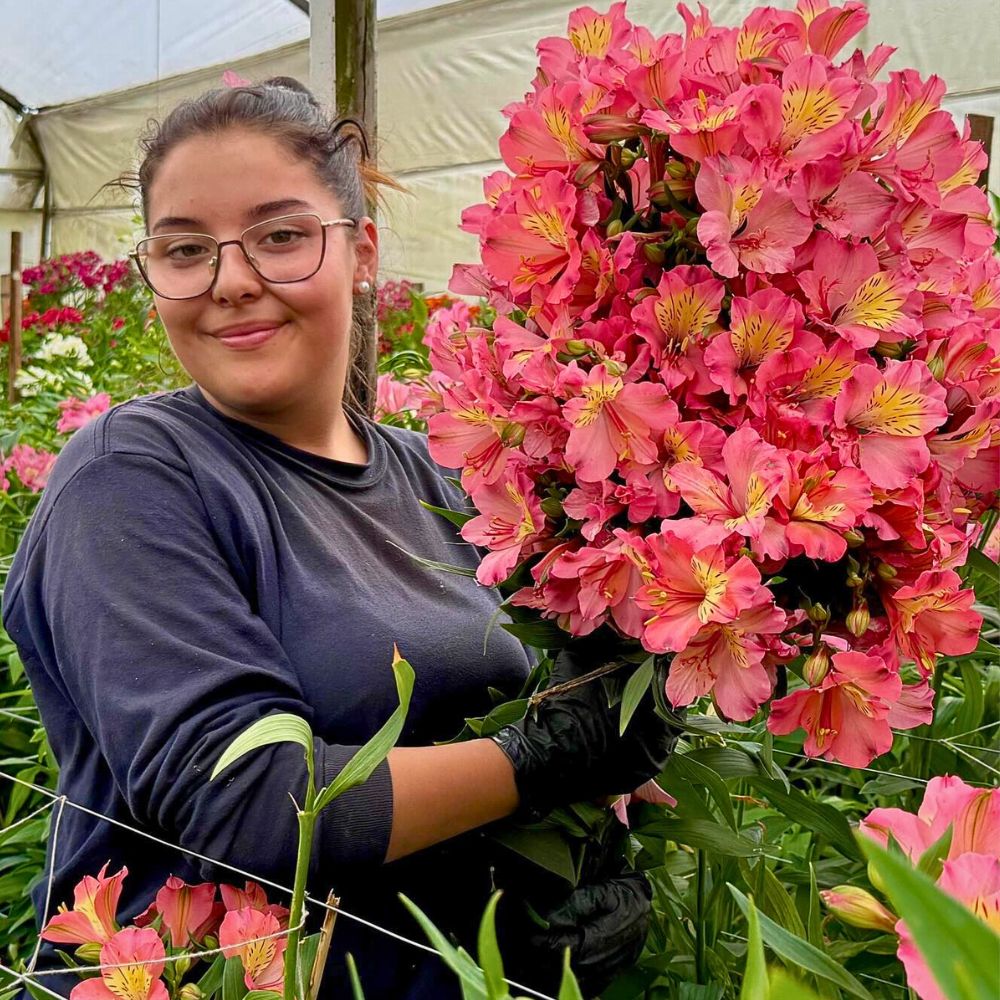
The accumulated research shows clear patterns that point to the view that flowers and plants influence stress levels, immune function, social connections, and overall well-being through practical and quantifiable mechanisms. While not miraculous solutions, their effects prove substantial enough to warrant serious consideration.
The real value of plants and flowers can be seen in environments where people experience less stress, recover more quickly from illness, experience healthy living conditions and well-being, and connect more easily with others. Such outcomes justify greater attention to their positive aspects and human living benefits.
Feature image by @vivisbrain. Header image by @lagunaplants.

